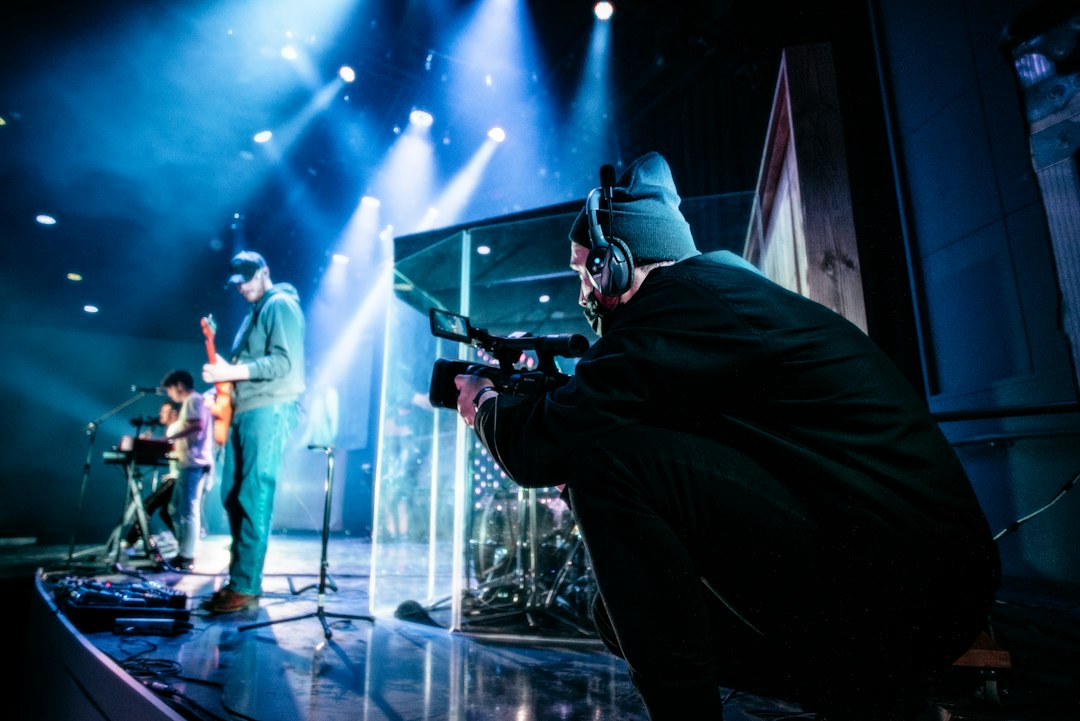The Changing Landscape of Media Consumption
In today’s digital era, the way we consume media has drastically transformed. Gone are the days when we would gather around the television or radio to catch our favorite shows or listen to the latest news updates. With the advent of technology, the media landscape has shifted, providing a multitude of options for consumers to access content at their convenience.
Streaming platforms have witnessed an unprecedented rise in popularity, revolutionizing the way we watch movies, TV series, and even live sports events. Services like Netflix, Amazon Prime Video, and Hulu have not only made it possible for us to binge-watch entire seasons of our favorite shows at once, but they have also given us the power to choose what we watch, when we watch it, and where we watch it. Traditional television networks have had to adapt to this changing landscape by launching their own streaming services, enabling viewers to watch their programs on demand.
The rise of social media has also impacted media consumption significantly. Platforms such as Facebook, Twitter, Instagram, and Snapchat have become go-to sources for news, entertainment, and connecting with celebrities and influencers. These platforms have not only allowed us to express our opinions and share content but have also become spaces for media organizations to promote their content and interact directly with their audience. In this fast-paced world, news spreads rapidly through social media, making it a primary source of information for many individuals.
Furthermore, the rise of smartphones has transformed media consumption into a personal and portable experience. With a simple tap on our mobile screens, we can access news articles, watch videos, or listen to our favorite podcasts. Smartphones have become our constant companions, allowing us to stay connected to the world of media at all times. Content creators and media outlets have recognized this shift, developing mobile-friendly platforms and mobile apps to cater to the needs of the mobile-first generation.
Another significant change in the media consumption landscape is the decline in print media and the rise of digital publications. Newspapers and magazines have faced the challenge of adapting to the digital age, as readers increasingly prefer consuming content online. Digital publications have the advantage of reaching a global audience instantly and incorporating interactive elements like videos and images, enhancing the reader’s experience. However, this shift has also led to challenges for the media industry, as advertising revenue has declined significantly, forcing publications to explore alternative revenue models.
Podcasts have also witnessed a surge in popularity in recent years, offering a unique audio experience for on-demand content. Whether it is storytelling, investigative journalism, or comedy, podcasts have provided a platform for niche interests and a variety of voices to be heard. With the convenience of being able to listen to podcasts while commuting or doing other tasks, it has become an increasingly popular choice for media consumption.
Additionally, the rise of ad-blockers and subscription-based platforms has challenged the traditional revenue model of media outlets. Advertisers are now exploring alternative ways to reach their target audience, such as influencer marketing and branded content. This shift has led to collaborations between content creators and brands, blurring the lines between advertising and entertainment. Consumers are becoming more discerning about the content they consume and the authenticity of the messages they encounter.
As media consumption continues to evolve, it is essential for content creators and media organizations to adapt to stay relevant. The landscape is now highly fragmented, with countless platforms and options available to consumers. Creating quality content that resonates with the audience is crucial, but equally important is understanding the preferences and behaviors of the target demographic. Embracing technology and innovation can help media outlets stay ahead of the curve and provide an engaging and personalized experience for their audience.
The changing landscape of media consumption has opened doors for new opportunities and challenges for content creators and media organizations. The power now lies in the hands of the consumers, who have the freedom to choose what, when, and how they consume content. This digital revolution has transformed the way we connect and engage with the media, and it will continue to shape the future of media consumption in ways we cannot yet envision.

